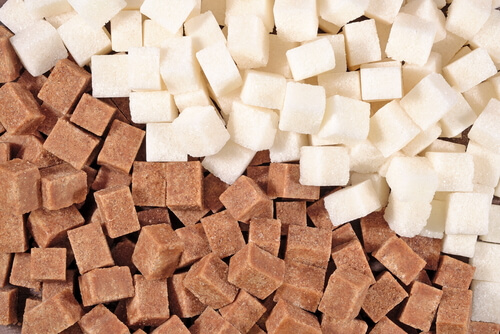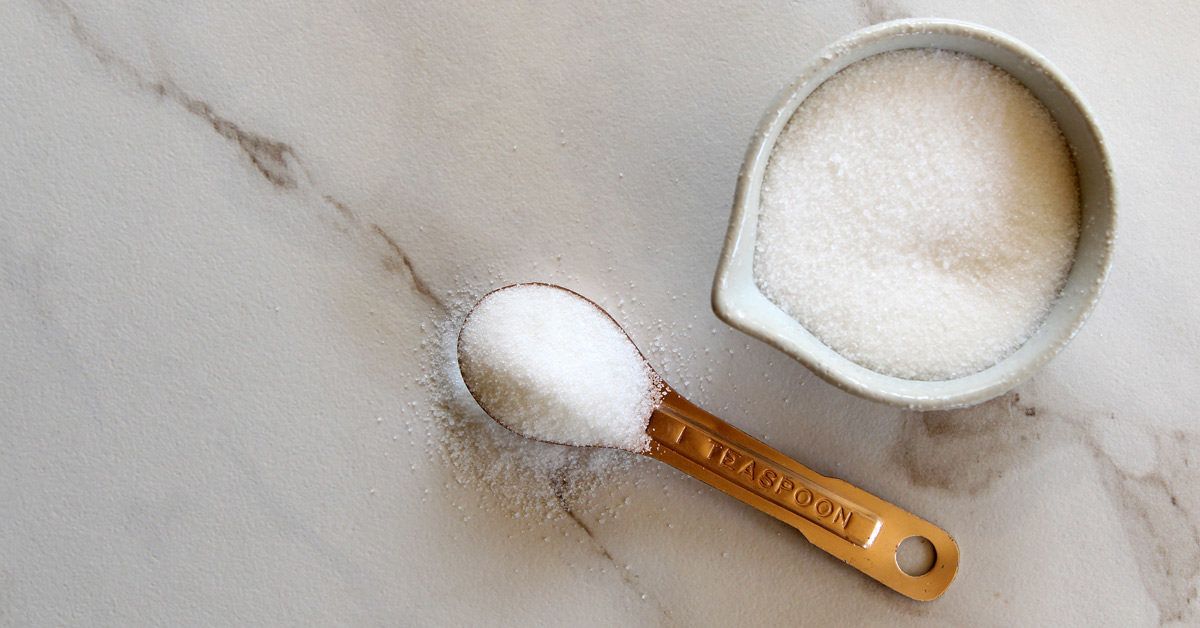Exploring the Differences being used and Benefits Between Beet Sugar Vs Cane Sugar
In the cooking globe, the option in between beet sugar and cane sugar is not simply about sweet taste but involves a nuanced consideration of taste, application, and effect. While both sugars come from various plants, each undergoes distinct production processes that subtly influence their features and suitability for various meals. As cooks and consumers progressively focus on both the environmental and flavor accounts of their active ingredients, understanding these differences comes to be important. This exploration supplies understanding into how each sugar kind can best improve culinary developments.
Beginnings and Production Processes of Beet and Cane Sugar

Walking stick sugar, on the various other hand, originates from the sugarcane plant, an exotic turf belonging to Southeast Asia but currently cultivated in exotic zones worldwide. The manufacturing of cane sugar begins with the harvesting of cane stalks, which are squashed to launch the juice. This juice is after that boiled to focus it, after which it is spun in centrifuges to create raw sugar crystals. These crystals are additional fine-tuned to create the white sugar commonly available in stores.

Nutritional Content and Health Considerations

When contrasting the dietary content of beet sugar and cane sugar, it becomes obvious that both kinds essentially give the same calorie values, with about 16 calories per teaspoon and no substantial nutrient variety. Both sugars, when eaten in excess, can contribute to raised blood sugar degrees, a danger variable for diabetes and other metabolic problems. From a wellness perspective, moderating consumption of any type of kind of sugar, whether from beet or cane, is recommended to stay clear of these possible negative results on health.
Flavor Accounts and Culinary Applications
Despite their comparable chemical structures, beet sugar and cane sugar vary discreetly in taste, which can influence their usage in various cooking contexts. Cane sugar commonly lugs a hint of molasses, even in its refined form, providing a warm, caramel-like undertone that improves baked items, coffee, and chocolate-based recipes. This small molasses taste is especially valued in the baking market for adding depth to desserts and pastries. On the various other hand, beet sugar is defined by its highly fine-tuned, neutral preference, making it a functional sweetener that does not change the taste accounts of meals. This neutrality is especially advantageous in fragile recipes, such as light breads, lotions, and some sauces, where the fundamental flavors of other active ingredients are intended to attract attention. As a result, cooks and food manufacturers may select one type of sugar over the other based upon the desired flavor end result of their cooking developments.
Ecological Impact and Sustainability
While both beet and cane sugars are obtained from plants, their environmental effects vary considerably because of the distinctive methods of growing and handling required for each and every. Sugar useful site beet growing typically includes substantial automation, which can boost nonrenewable fuel source intake and carbon discharges. Nonetheless, beetroots can be grown in cooler climates and require much less irrigation, possibly lowering water usage compared to sugarcane. Sugarcane, on the various other hand, is usually grown in tropical areas where it relies heavily on watering and a much longer growing duration, raising its water impact.
Additionally, the handling of sugarcane often produces a considerable quantity of waste, consisting of bagasse, which, although useful as biofuel, regularly contributes to air pollution if burned inefficiently. Sugar beet processing makes use of more of the raw products, causing much less waste. Both industries deal with difficulties in lowering their environmental impacts, but recurring developments in farming practices and waste administration are aiming to improve sustainability.
Economic Factors Affecting the Sugar Sector
The financial dynamics of the sugar market are significantly affected by global market needs and profession policies. Elements such as tolls, aids, and international profession arrangements play crucial roles in shaping the affordable landscape. In regions where sugarcane or sugar beet manufacturing is subsidized, producers might have a monetary benefit that allows them to use lower prices on the international market. This can produce differences in profitability and market accessibility for producers in countries without such subsidies.
Furthermore, variations in international demand for sugar, affected by dietary fads and industrial use in food, directly impact costs and manufacturing degrees. beet sugar vs cane sugar. Climate condition likewise play a pivotal duty, as they can considerably impact plant returns and, subsequently, the supply chain. This from this source irregularity presents a degree of economic unpredictability that can result in investment volatility in sugar production industries, influencing decisions from growing to market strategy
Conclusion
In verdict, both beet and cane sugar have special high qualities that fit different cooking needs. While cane sugar conveys a rich flavor perfect for enhancing baked goods, beet sugar's neutrality is browse around this site best for lighter dishes.